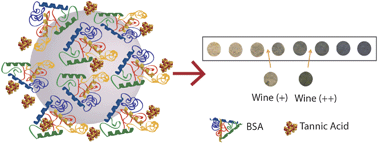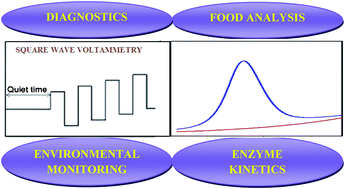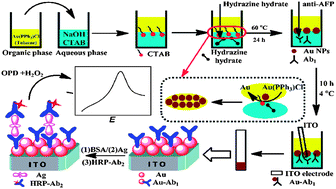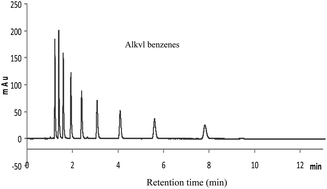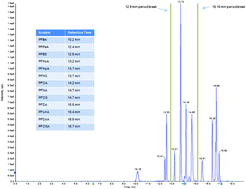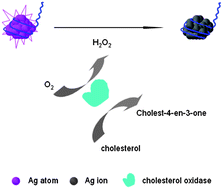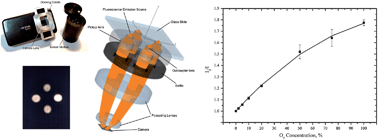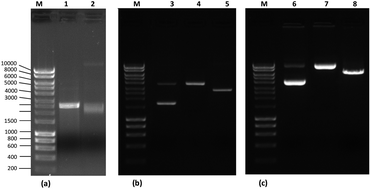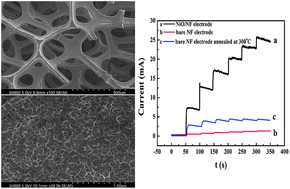Take a look at our selected HOT articles free to read until June 3rd.
A new DNA detection methodology based on Rayleigh scattering, the optimised analysis of cellulose depolymerisation and the evaluation of a standard method to measure diesel particulate matter (DPM) exposures in underground mines are among the studies presented in these papers.
To access the full articles, just click on the links below:
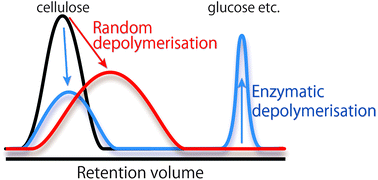
Analysis of cellulose using high performance liquid chromatography with polar IL as an eluent.
A resonance Rayleigh scattering detection of DNA hybridization based on interaction between DNA and surfactants
Ying Ma, Changqun Cai, Lin Luo, Jiaqi Xie and Xiaoming Chen
Anal. Methods, 2013, Advance Article
DOI: 10.1039/C3AY40291F
Dissolution determination of five components in Huoxiang Zhengqi tablets using partitioned dispersive liquid-liquid microextraction combined with HPLC-UV
Huaizhong Guo, Xiaomin Pang, Weiquan Zhang, Wenyue Jiang and Xiaocong Pang
Anal. Methods, 2013, Advance Article
DOI: 10.1039/C3AY40153G
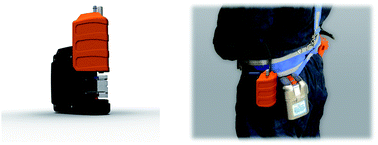
A person-wearable instrument to determine DPM exposures in underground metal/nonmetal mines
Direct HPILC analysis of cellulose depolymerisation in ionic liquids
Kosuke Kuroda, Yukinobu Fukay and Hiroyuki Ohno
Anal. Methods, 2013, Advance Article
DOI: 10.1039/C3AY40182K
Real-time diesel particulate monitor for underground mines
James Noll, Samuel Janisko and Steven E. Mischler
Anal. Methods, 2013, Advance Article
DOI: 10.1039/C3AY40083B











